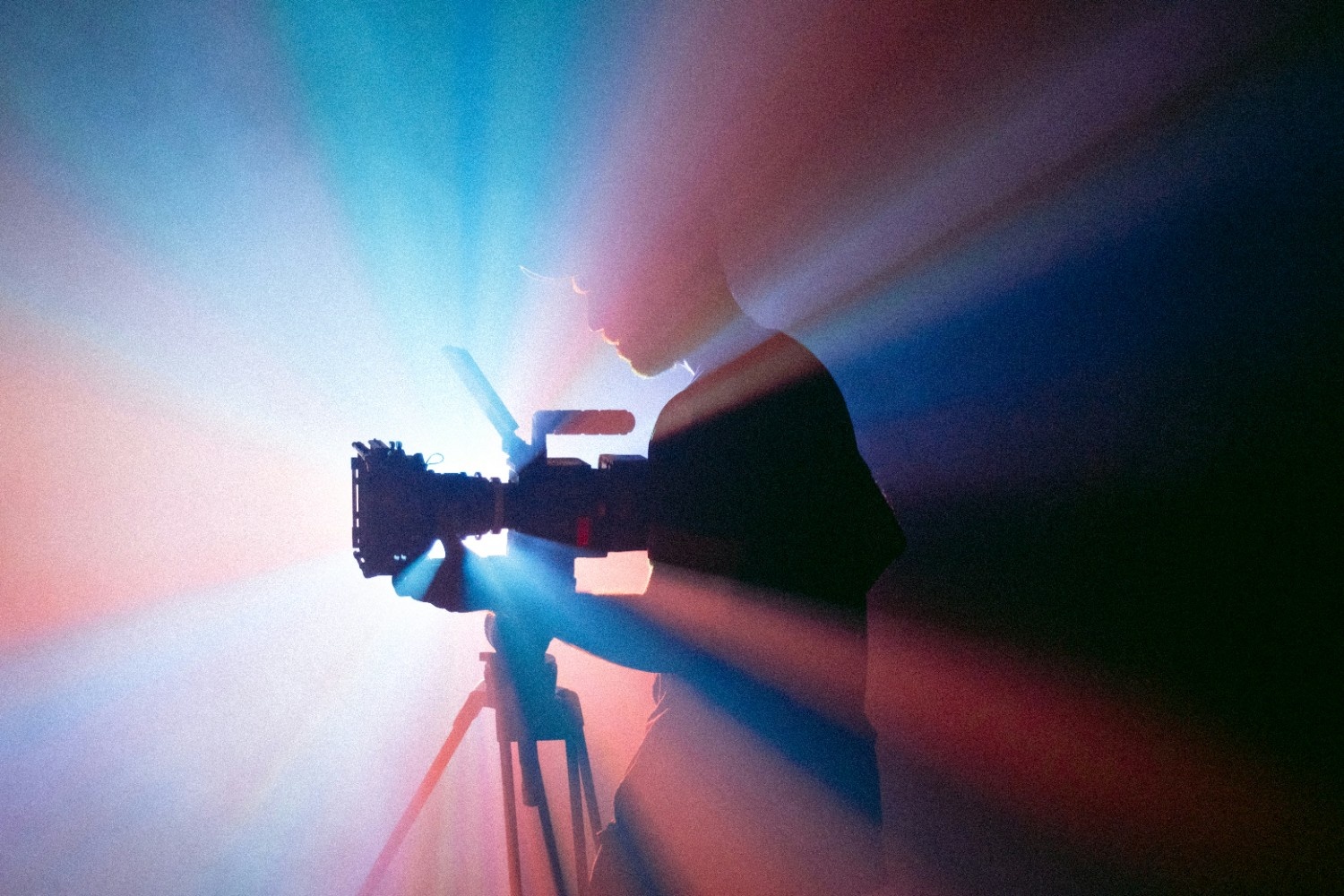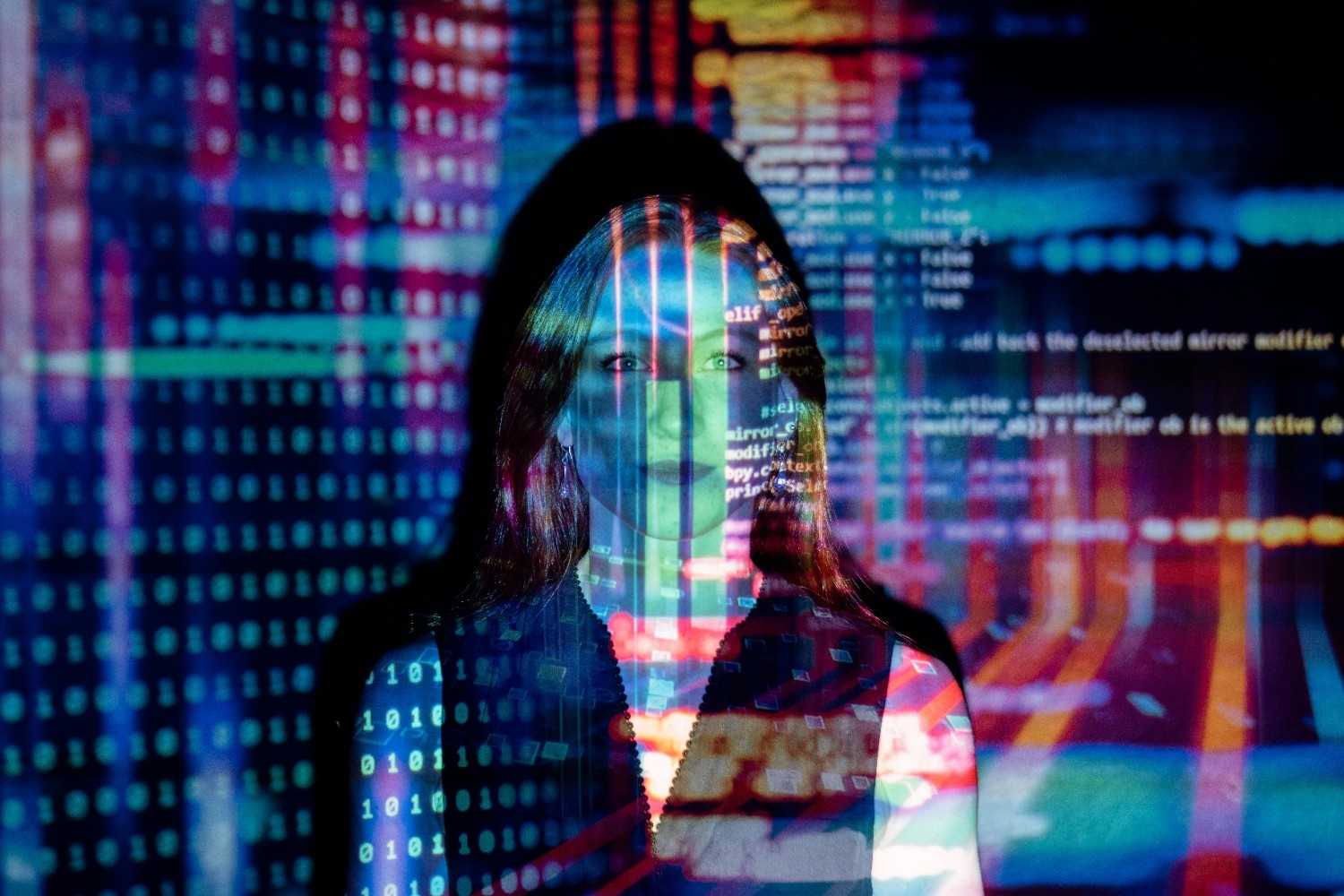8 Times the Camera Knew a Secret Before You Did
6 Min. ReadLong before a twist is spoken, long before a character confesses, the camera is already unveiling the truth. Whether it’s a flicker in the frame, a peculiar angle, or an eerie bit of blocking, these visual breadcrumbs make cinema an immersive detective game.
Today we will decode eight crafty moments where the visuals solved the mystery long before the characters, and you caught on. Ready to find out?
1. Fight Club (1999)
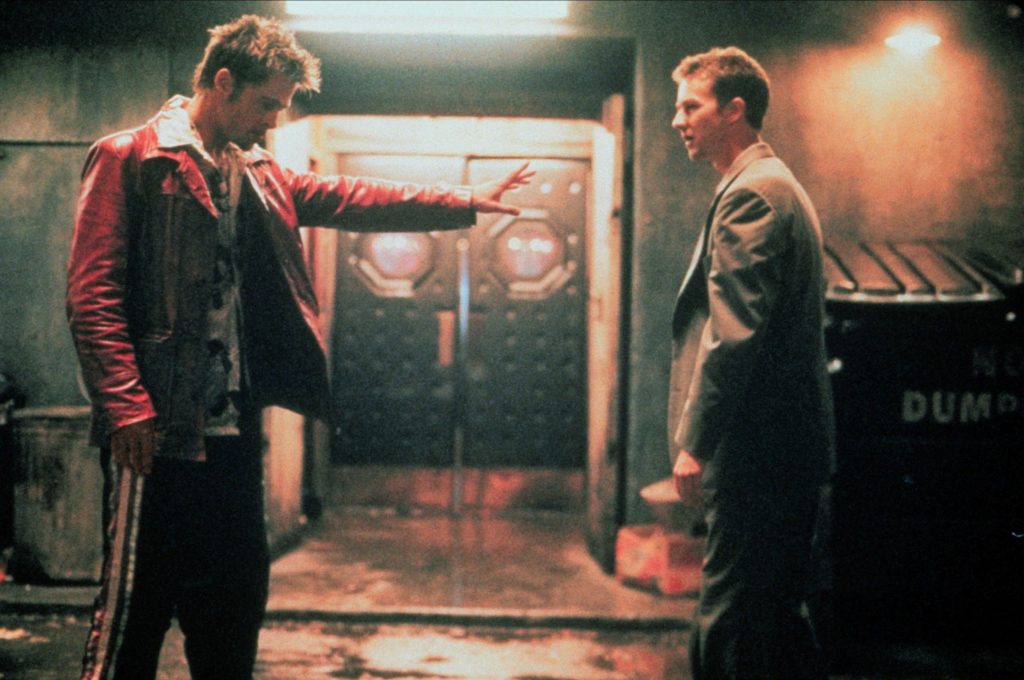
From the very start, David Fincher plays a visual game with the audience. Tyler Durden appears for a split second in early scenes, an intentional subliminal insert that mirrors the character’s job as a film projectionist who splices images into reels. These flickers are easy to miss, but they tell a story: Tyler is already “there” before the Narrator meets him.
Then there’s the clever use of shot composition. In scenes where the Narrator “talks” to Tyler, Fincher often avoids showing both characters in the same frame or cuts in a way that makes their interaction feel off-kilter. The camera language is warning us: we’re only seeing one man, even if it seems like two.
Secret: Tyler Durden is a figment of the Narrator’s fractured mind.
2. Andhadhun (2018)

Sriram Raghavan’s dark thriller is built on layers of deception, and the camera joins in the trickery. We see reflections that Akash supposedly can’t see. The frame lingers on things he shouldn’t be able to notice, like a dropped item or a dead body just out of frame.
But there’s more: the way other characters move around him, and the way he reacts, often create an uncanny dissonance. The cinematography refuses to fully commit to Akash’s blindness, keeping viewers guessing and suspicious. Each frame becomes part of the illusion.
Secret: Is Akash truly blind, or is he faking it?
3. Shutter Island (2010)
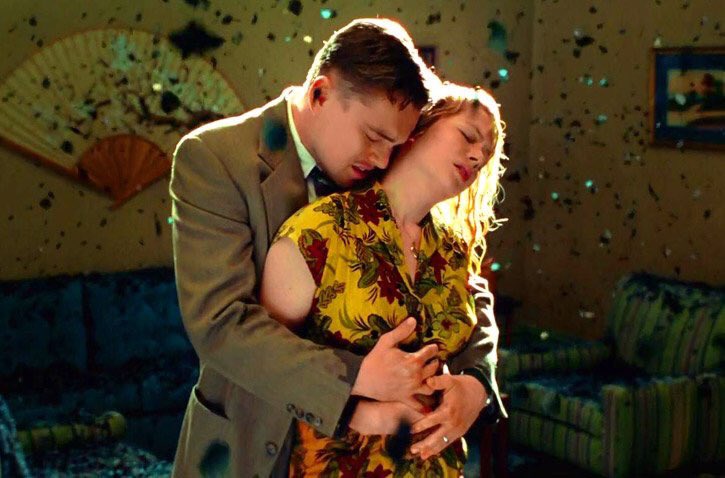
Martin Scorsese makes the entire film feel like a hallucination. Early interviews with patients feel staged; a woman “drinks” from an invisible glass; the camera tilts and sways in moments that feel untrustworthy. Even the lighting in many scenes is unnaturally stylised, dreamlike, or rather, delusional.
It’s the editing rhythm, too sharp, jarring cuts when Teddy becomes agitated. You start to wonder: are we seeing what he sees, or what he wants to see? The island isn’t just remote, it’s unreal. The camera is constantly showing us a world stitched together by a fractured mind.
Secret: Teddy Daniels is actually Andrew Laeddis, a patient on the island.
4. Kahaani (2012)
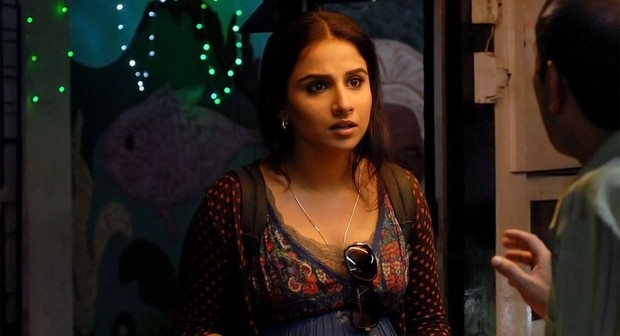
From the very beginning, Sujoy Ghosh’s camera places Vidya in frames where she stands alone, visually and emotionally detached. While Kolkata buzzes with life around her, the lens subtly isolates her, reinforcing her “outsider” status.
Characters treat her with a mix of warmth and detachment, a deliberate tonal mix that keeps the audience uneasy. And in a clever use of mise-en-scène, the camera avoids confirming certain facts about her, like whether she’s actually pregnant. We assume things based on framing and costume assumptions, and the camera quietly questions without breaking the illusion.
Secret: Vidya Bagchi is not who she appears to be.
5. Gone Girl (2014)
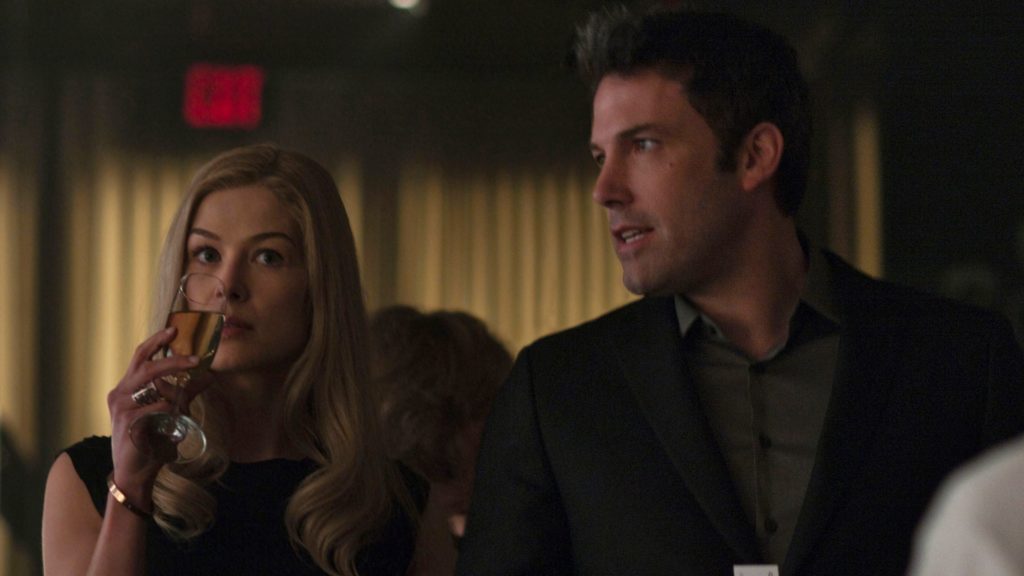
David Fincher again uses cool, clinical framing to create a story that feels too polished. The flashbacks are bathed in soft light, meticulously composed, like perfume commercials—a visual cue that these aren’t memories but curated stories Amy wants us to believe.
Before the big twist drops, the camera lingers on Nick in ways that make him seem guilty or perhaps framed. The contrast between the visual tone of Amy’s diary entries and the gritty realism of Nick’s present-day ordeal plants doubt. The truth isn’t hidden in what the camera shows, but how it shows it.
Secret: Amy is alive and orchestrating her own disappearance.
6. Drishyam (2013)
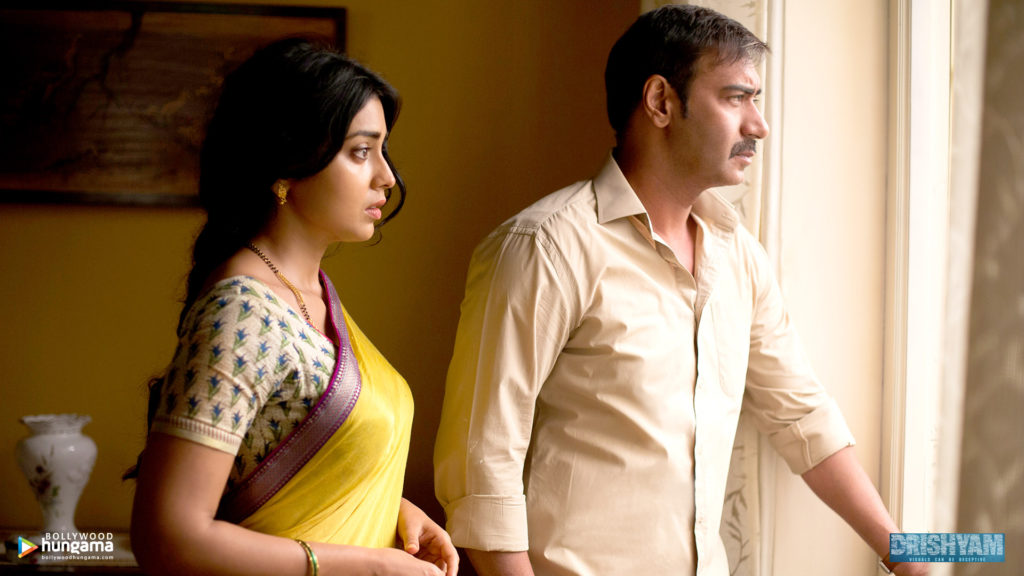
In Jeethu Joseph’s masterclass on narrative structure, everything is a clue. The family’s routine, their trip, their lunch, and their time at the movie are shot with suspicious clarity. There’s a lingering camera movement on a newly dug pit, a slightly-too-slow dolly-in on a cable trench.
At first, these shots feel like texture until you realise they’re hiding a blueprint. The crime isn’t just committed, it’s documented by the camera, disguised as normalcy. The lens doesn’t lie, but it does dare you to look closer.
Secret: The body has been hidden in plain sight.
7. Parasite (2019)
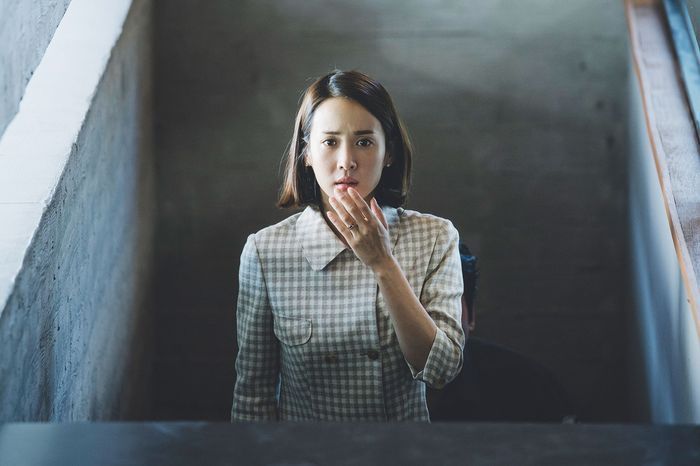
Bong Joon-ho’s Oscar-winning film uses space as a metaphor and as a mystery. The camera loves vertical movement: we go up to the Park family’s mansion, then down into the semi-basement, and further down into the secret bunker.
Before the reveal, the camera hints at the presence of someone unseen. There are strange noises, flickering lights, and eerie zooms into dark corners. The house itself is a character, and the camera captures it with such reverence and suspicion that we begin to sense its hidden layers, even if we can’t articulate what’s wrong.
Secret: A man is secretly living in the basement.
8. Talaash (2012)
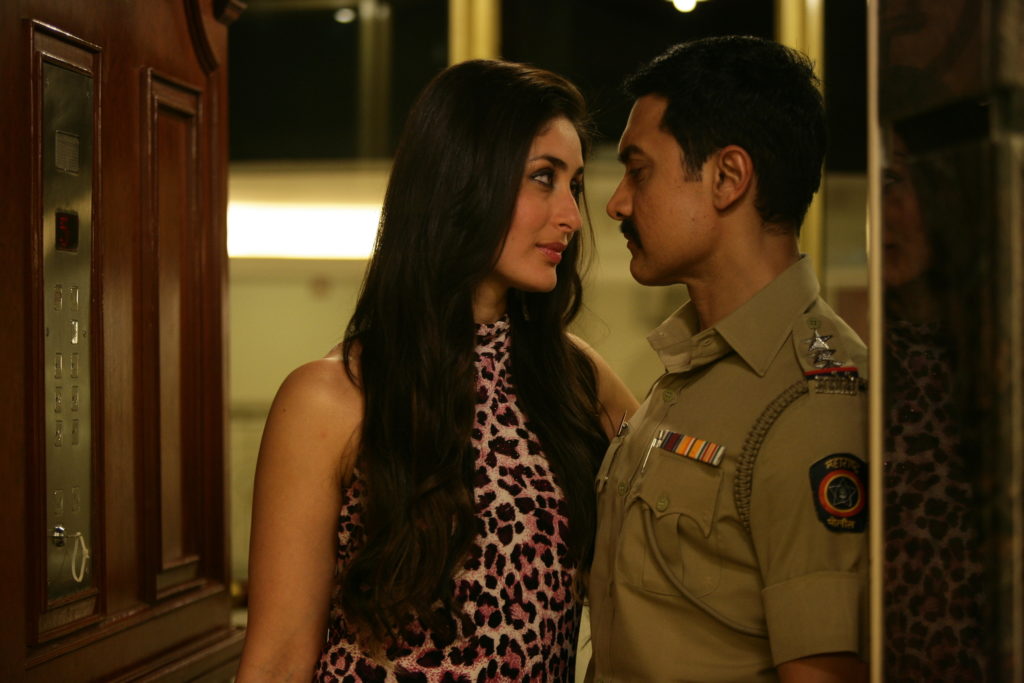
Reema Kagti’s supernatural noir doesn’t scream its twist; it murmurs it. Rosie seems to float into scenes. Characters rarely acknowledge her presence, and the camera often frames her from the protagonist’s point of view, as if she exists only in his world.
The colour grading shifts slightly when she’s on screen. The use of low-light shots, narrow alleys, and lonely, misty streets enhances her otherworldliness. You might not realise it the first time, but on rewatch, the camera’s restraint becomes clear; she was never fully “real” in this world.
Secret: Rosie is a ghost.
Final Frame: The Camera as Confidante
In each of these films, the twist isn’t just in the script; it’s embedded in the visuals. Filmmakers use the camera not just to capture action, but to guide suspicion, plant doubt, and build suspense. By the time the truth comes out, the lens has already hinted at it patiently, slyly, and often, right in front of your eyes.
So next time you’re watching a thriller, look beyond the dialogue. Watch the shadows, the cuts, the angles. Because in good cinema, the camera always knows.
Written by – Aashna Vidyarthi

